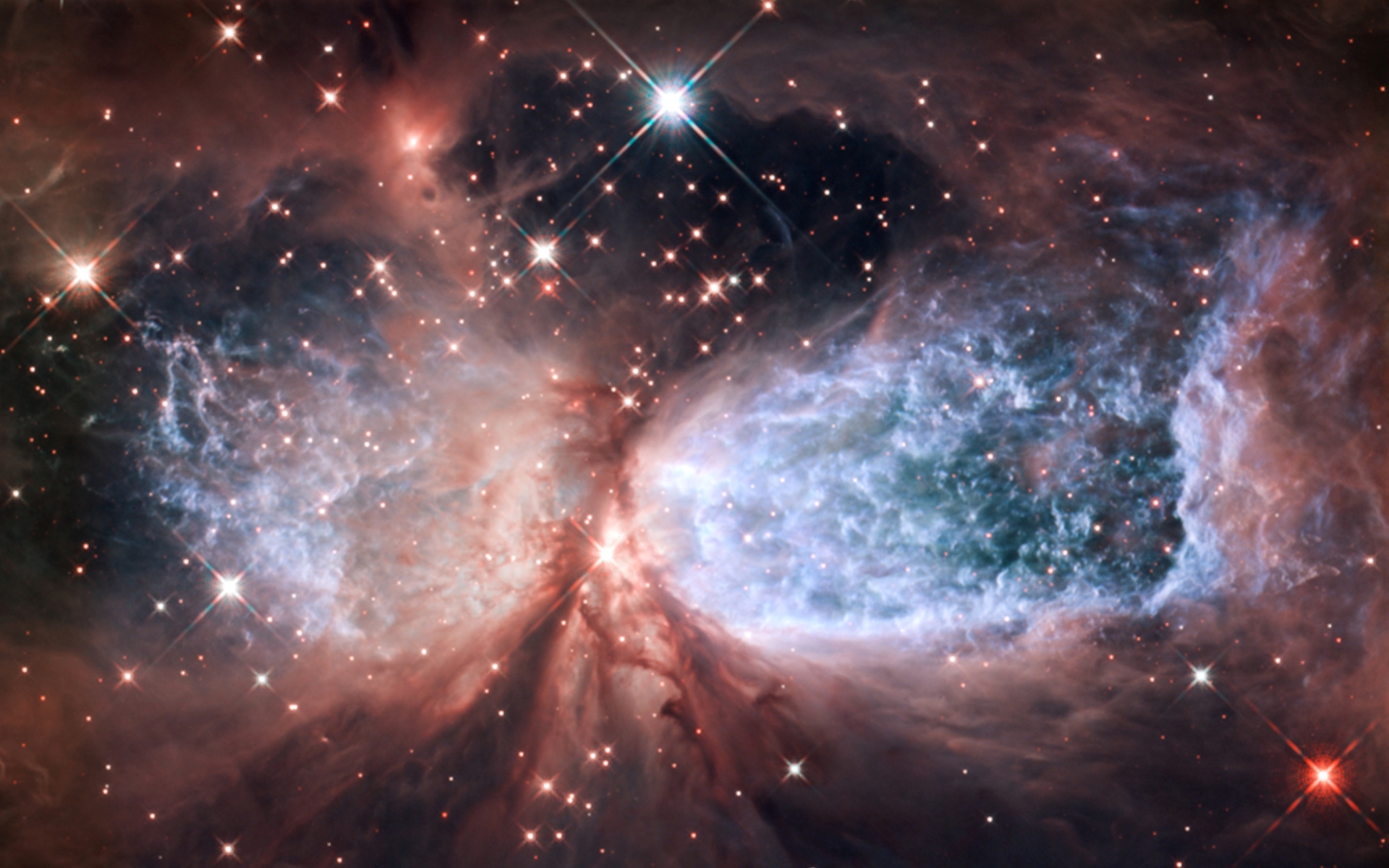
The early universe stars were 10,000 times larger than the Sun: Why aren't such stars forming anymore?
The first stars in the cosmos may have topped out at over 10,000 times the mass of the sun, roughly 1,000 times bigger than the biggest stars alive today, a new study publishes in arXiv has found.
Scientists have found that the early universe was a far more exotic place, filled with mega-giant stars that lived fast and died very young. And once these doomed giants died out, conditions were never right for them to form again.
The cosmic Dark Ages
More than 13 billion years ago, not long after the Big Bang, the universe had no stars. There was nothing in the universe than neutral gas, almost entirely made up of hydrogen and helium. However, over hundreds of millions of years that neutral gas began to pile up into increasingly dense balls of matter – period known as the cosmic Dark Ages.
In the modern day universe, dense balls of matter quickly collapse to form stars. But that’s because the modern universe has something that the early universe lacked then: a lot of elements heavier than hydrogen and helium. According to Space.com, these elements are very efficient at radiating energy away. This allows the dense clumps to shrink very rapidly, collapsing to high enough densities to trigger nuclear fusion. This process powers stars by combining lighter elements into heavier ones.
But the only way to get heavier elements in the first place is through that same nuclear fusion process. Multiple generations of stars forming, fusing, and dying enriched the cosmos to its present state. Without the ability to rapidly release heat, the first generation of stars had to form under much different, and much more difficult, conditions.

Cold fronts
To understand the puzzle of these first stars, a team of astrophysicists turned to sophisticated computer simulations of the dark ages to understand what was going on back then. They reported their findings in January. The new work features all the usual cosmological ingredients: Dark matter to help grow galaxies, the evolution and clumping of neutral gas, and radiation that can cool and sometimes reheat the gas. But their work includes something that others have lacked: Cold fronts – fast-moving streams of chilled matter – that slam into already formed structures.
The researchers found that a complex web of interactions preceded the first star formation period. Neutral gas began to collect and clump together. Hydrogen and helium released a little bit of heat, which allowed clumps of the neutral gas to slowly reach higher densities.
But high-density clumps became very warm, producing radiation that broke apart the neutral gas and prevented it from fragmenting into many smaller clumps. That means stars made from these clumps can become incredibly large.
Supermassive stars
These interactions between radiation and neutral gas led to massive pools of neutral gas, which laid the foundations for the beginnings of the first galaxies. The gas deep within these proto-galaxies formed rapidly spinning accretion disks – fast-flowing rings of matter that form around massive objects, including black holes in the modern universe.
Meanwhile, on the outer edges of the proto-galaxies, cold fronts of gas rained down. The coldest, most massive fronts penetrated the proto-galaxies all the way to the accretion disk and slammed into them, rapidly increasing both their mass and density to a critical threshold, thereby allowing the first stars to appear.
Those first stars weren't just any normal fusion factories. They were gigantic clumps of neutral gas igniting their fusion cores all at once, skipping the stage where they fragment into small pieces, and the resulting stellar mass was huge.
Those first stars were incredibly bright and lived extremely short lives, less than a million years (stars in the modern universe can live billions of years). After that, they died in furious bursts of supernova explosions.
Those explosions carried the products of the internal fusion reactions – elements heavier than hydrogen and helium – that then seeded the next round of star formation. But contaminated by heavier elements, the process couldn't repeat itself now, and those super massive stars will never again appear on the cosmic scene.
- Related News
- 11 incredible satellite photos have been published on Earth Day
- NASA shows all of Ingenuity's flight trajectories in one video
- Could life exist on Saturn's moon Enceladus?
- Why is it so difficult to send people to the Moon today?
- Once in a lifetime phenomenon: This year we will observe a star explosion that occurred 3,000 years ago
- "AMADEE-24" Mars Analog Research Mission in Armash came to an end
- Most read
month
week
day
- Pavel Durov gives interview to Tucker Carlson: From 3-hour interview, less than hour appears in final version 1385
- Meta unveils Llama 3 and claims it's the "most powerful" open source language model 830
- Once in a lifetime phenomenon: This year we will observe a star explosion that occurred 3,000 years ago 808
- WhatsApp to integrate AI function: What will it do? 771
- Google fires 28 employees who protested against company's cooperation with Israel 766
- Nokia and Heineken introduce Boring Phone: It does not have social networks and a browser, but it is designed for people over 21 (photo) 759
- Boston Dynamics introduces new version of Atlas robot that is completely electric։ Where will it be applied? 732
- iPhone 17 Plus will have smaller screen 698
- 5 best smartphones with IPS screens 679
- How often is it worth replacing a smartphone with a new one? 652
- Archive
